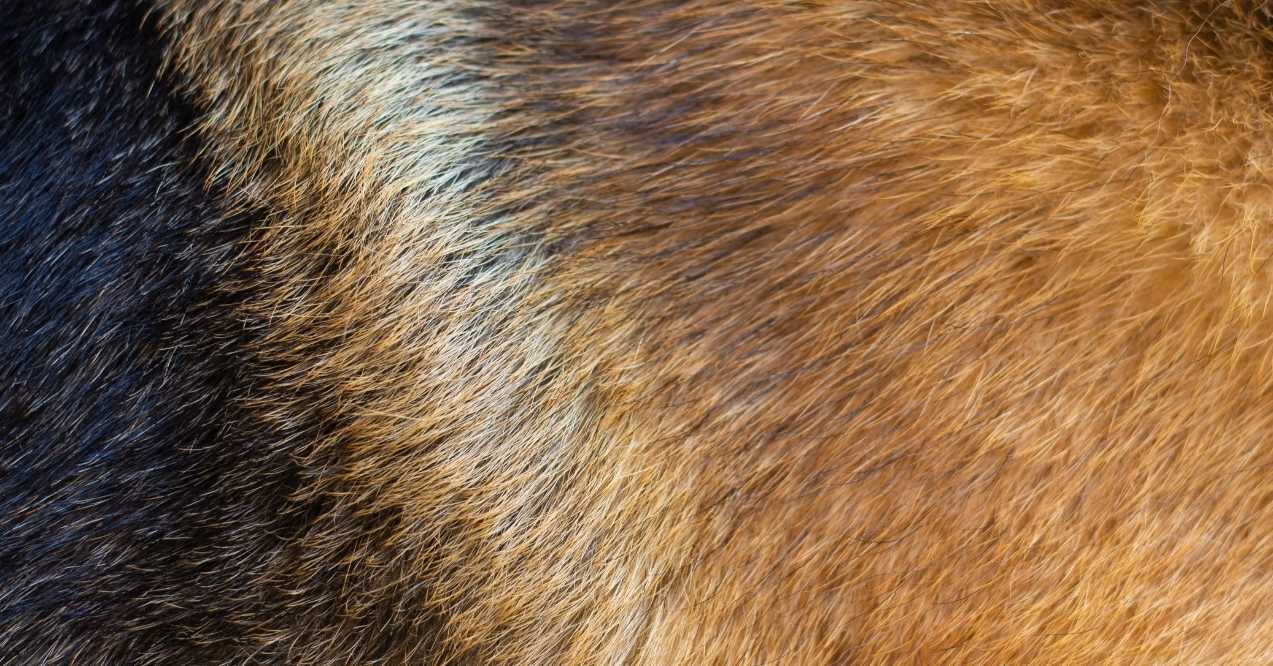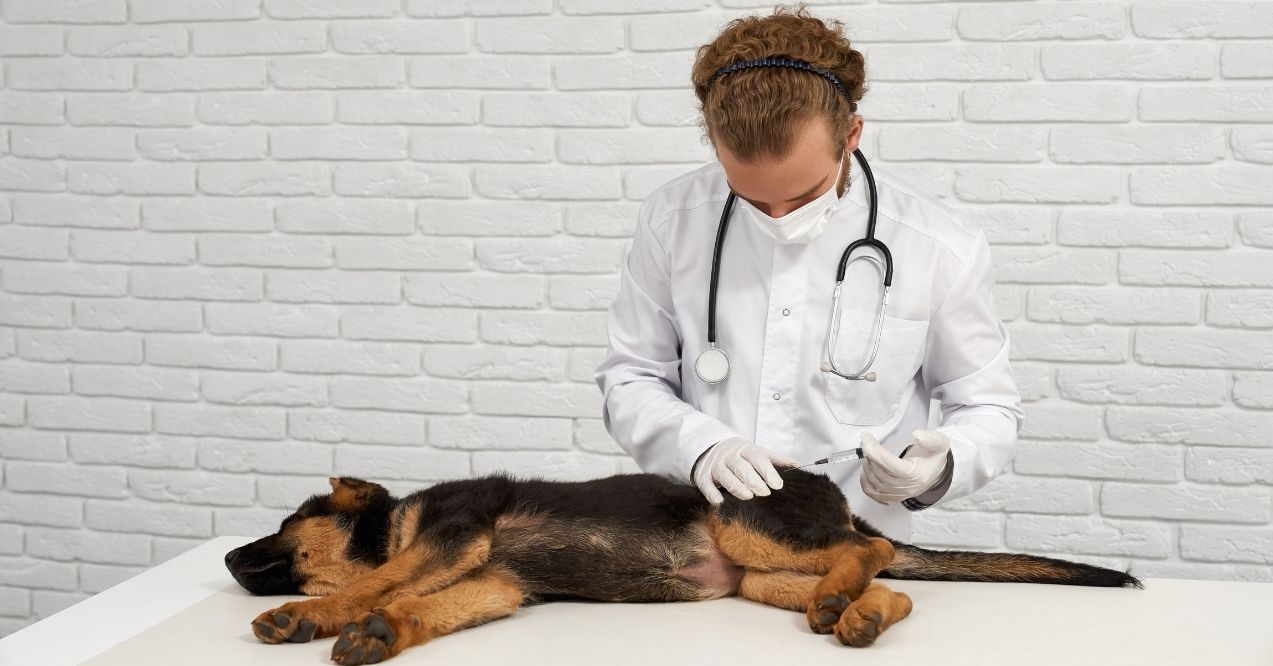How to Prevent Hip Dysplasia in Labs?
How to prevent hip dysplasia in Labs is a top concern for many Labrador owners. This common joint condition affects many of our furry friends, with Labs being particularly prone due to their size and genetics. Taking early steps to protect your Lab’s joint health can make a world of difference in their mobility and comfort throughout life.
Labs and hip dysplasia unfortunately go hand-in-hand for many dogs of this breed, but with the right approach, you can minimize risks and keep your pup active and happy. Since Labrador hip problems develop differently than in other breeds, specific prevention strategies tailored to Labs are essential for optimal care. While hip issues are among the most common health problems in Labrador Retrievers, many can be managed with proper attention.
What Is Labrador Hip Dysplasia?
Labrador hip dysplasia occurs when the ball and socket of your dog’s hip joint don’t fit together properly. Think of a normal hip as a smooth ball that glides easily in its socket. With hip dysplasia, this fit is loose or uneven, causing friction and wear over time.
As your Lab moves, the joint grinds instead of gliding. This leads to pain, stiffness, and eventually, joint damage. The constant friction wears away the protective cartilage, leaving bone to rub against bone.
Most dog owners notice lab hip dysplasia symptoms when their pup starts showing discomfort during walks or play. While it may start subtly, this condition often worsens without proper care.
The Genetic Link in Labs
Labs have a higher chance of developing hip dysplasia due to their genetic makeup. This condition runs in family lines, with puppies from affected parents being more likely to develop it themselves.
Do Labs have hip problems more than other breeds? Studies show Labradors rank among the top breeds affected by hip dysplasia. This genetic predisposition makes prevention particularly important for Lab owners.
The large, muscular build of Labradors may also contribute to their hip vulnerability. Their active nature puts additional stress on already at-risk joints, potentially speeding up damage.
Signs of Lab Hip Dysplasia
Spotting lab dog hip problems early can make a huge difference in your pup’s quality of life. By catching the signs sooner, you can take steps to slow the progression and keep your Lab comfortable longer.
Early Symptoms of Hip Dysplasia in Labs
Lab hip dysplasia symptoms often start subtly. You might notice your dog moves a bit differently—maybe a slight hop when running or reluctance to jump onto the couch. Other early signs include:
- Walking with a swaying “bunny hop” in the rear legs
- Stiffness after resting or in cold weather
- Difficulty rising from a lying position
- Reduced interest in walks or play
- Sitting oddly with one leg extended
Many Labs try to hide their discomfort, so watch for these changes in their movement patterns. Recognizing these signs of joint pain in dogs early can help you take action before the condition worsens.
Impact of Hip Dysplasia
Without care, Labrador Retriever hip dysplasia can severely limit your dog’s mobility and joy. As pain increases, Labs often become less active, leading to muscle loss that further destabilizes the hip.
This creates a tough cycle—weaker muscles mean less joint support, causing more pain and even less activity. Your once-playful Lab may avoid stairs, struggle with walks, or stop playing fetch altogether.
Over time, the constant inflammation leads to arthritis, making each movement uncomfortable. The psychological impact shouldn’t be overlooked either—many Labs become frustrated when unable to enjoy their favorite activities.
How to Prevent Hip Dysplasia in Labs

Learning how to prevent hip dysplasia in Labs starts with a well rounded approach. While genetics play a role, many daily choices can significantly impact your Lab’s hip health and comfort throughout their life.
Choosing a Reputable Breeder
The first step in preventing hip dysplasia begins before bringing your Lab home. Work with breeders who screen their dogs using OFA or PennHIP certifications. These tests check for hip problems in breeding dogs.
Good breeders happily share these results with you. They’ll have documentation showing multiple generations of dogs with good hip scores. This careful selection significantly lowers the risk of lab hip dysplasia in your puppy.
Avoid puppy mills or backyard breeders who can’t provide health screening records. The slightly higher cost of a well-bred puppy pays off with potentially thousands saved in future vet bills.
Proper Nutrition
What your Lab eats directly affects their joint health. Puppies need balanced nutrition that supports steady growth rather than rapid weight gain, which can stress developing joints.
Look for large-breed puppy formulas with appropriate calcium-to-phosphorus ratios. These special foods help control growth rate, giving joints time to develop properly. As your Lab matures, maintain a balanced diet rich in joint-supporting nutrients.
Avoid overfeeding—excess calories lead to rapid growth or weight gain, both risk factors for hip problems. Measure portions carefully and limit treats to keep your growing Lab at a healthy weight.
Weight Management & Exercise
Maintaining a healthy weight is perhaps the most important way to prevent lab dog hip problems. Extra pounds put unnecessary stress on those vulnerable hip joints.
You should be able to feel (but not see) your Lab’s ribs. Keep an eye on their waistline—it should be visible when viewed from above. If your pup starts looking rounded, it’s time to adjust their diet and exercise.
For exercise, focus on low-impact activities, especially for puppies. Swimming is ideal for Labs, providing muscle-building benefits without joint stress. Avoid activities that involve jumping or hard landings until your Lab’s growth plates close around 18 months of age.
Joint Health Supplements
Starting supplements early may support healthy joints in Labs. Glucosamine and chondroitin may help maintain cartilage, while omega-3 fatty acids from fish oil can potentially reduce inflammation.
For puppies from high-risk bloodlines, talking to your vet about starting supplements early may be beneficial. Adult Labs may also benefit from these supplements as a preventive measure before showing any signs of discomfort.
While scientific support is still emerging, some pet owners use natural options like turmeric for its anti-inflammatory properties.
Maintaining Muscle Mass
Strong muscles help stabilize your Lab’s hip joints, potentially reducing strain and slowing the progression of dysplasia. Building and maintaining this strength requires the right kind of exercise.
Swimming offers excellent resistance without impact. It works all major muscle groups while supporting your dog’s weight. For land exercise, walking on soft surfaces like grass or sand puts less stress on joints than concrete.
Consider gentle uphill walks to build rear leg muscles that support the hips. Keep sessions short but frequent for puppies, gradually increasing duration as they mature.
Regular Vet Checkups
Schedule routine vet visits to catch any signs of Labrador hip problems early. Your vet can perform specific tests to check hip joint laxity and spot issues before they cause serious pain.
Early detection through regular checkups may help prevent minor issues from becoming major problems. X-rays can reveal early changes in the hip joint structure, allowing for prompt intervention.
Your vet may recommend management strategies tailored to your Lab’s specific needs. These might include physical therapy techniques, appropriate exercise modifications, or supplements to support joint health over time. If your Lab does develop discomfort, there are many ways to help dogs with joint pain that can make a significant difference in their quality of life.
At-Home Care and Comfort

Beyond prevention, creating a comfortable home environment can make a world of difference for Labs with hip issues. These simple adjustments may significantly improve your dog’s daily comfort and mobility.
Massage & Physical Therapy
Gentle massage can ease discomfort and improve blood flow to your Lab’s hip area. Using circular motions with your fingertips, work the muscles around the hip joint for 5-10 minutes daily.
Simple stretching exercises may also help maintain joint flexibility. Slowly and gently extend and flex your Lab’s rear legs, holding each position for a few seconds. Always move within your dog’s comfort zone—never force a painful stretch.
For Labs showing early signs of hip issues, ask your vet about specific physical therapy exercises. These targeted movements can strengthen supporting muscles and potentially slow the progression of joint problems.
Comfortable Bedding
Providing proper bedding is an often overlooked aspect of lab hip dysplasia treatment. Orthopedic beds with memory foam offer crucial support for achy joints, especially as your Lab ages.
Place beds in warm, draft-free areas of your home. Cold and dampness can worsen joint stiffness. Consider multiple beds throughout your house so your Lab can rest comfortably without navigating stairs.
For severe cases, elevated beds keep your pup off cold floors while making it easier to get up and down. The right bed can provide hours of comfortable rest, helping your Lab’s body recover from daily activities.
Conclusion
Taking steps to prevent hip dysplasia in Labs requires commitment, but the rewards of a mobile, happy dog make every effort worthwhile. While genetics play a significant role in Labrador hip problems, your daily care choices can dramatically influence how these genetic factors express themselves.
From selecting a responsible breeder to maintaining proper weight, providing joint supplements, and creating a comfortable home environment, each preventive measure adds up. Remember that early intervention offers the best chance of managing this condition successfully.
Yes, Labradors have a genetic predisposition to hip dysplasia, with approximately 15-20% of Labs developing some form of hip issues during their lifetime.
Early signs include difficulty rising, reluctance to jump or climb stairs, a “bunny hopping” gait, decreased activity, and stiffness after rest.
Treatment options range from weight management, exercise modification, and supplements to medications, physical therapy, and surgical interventions in severe cases.
Joint supplements containing glucosamine, chondroitin, and omega-3s may help support cartilage health and reduce inflammation in Labs at risk for hip dysplasia.
Some Labs show signs as early as 4-9 months, but many develop symptoms between 1-2 years of age or later in life as seniors.
While early screening by a vet can help, the best predictor is the hip health of the parents and grandparents, which reputable breeders document.
Yes, swimming is excellent for Labs with hip issues as it builds muscle and provides cardiovascular benefits without putting stress on the joints.
Advertisement. This site offers health, wellness, fitness and nutritional information and is designed for educational purposes only. You should not rely on this information as a substitute for, nor does it replace, professional medical advice, diagnosis, or treatment. If you have any concerns or questions about your health, you should always consult with a physician or other health-care professional. Do not disregard, avoid or delay obtaining medical or health related advice from your health-care professional because of something you may have read on this site. The use of any information provided on this site is solely at your own risk.















